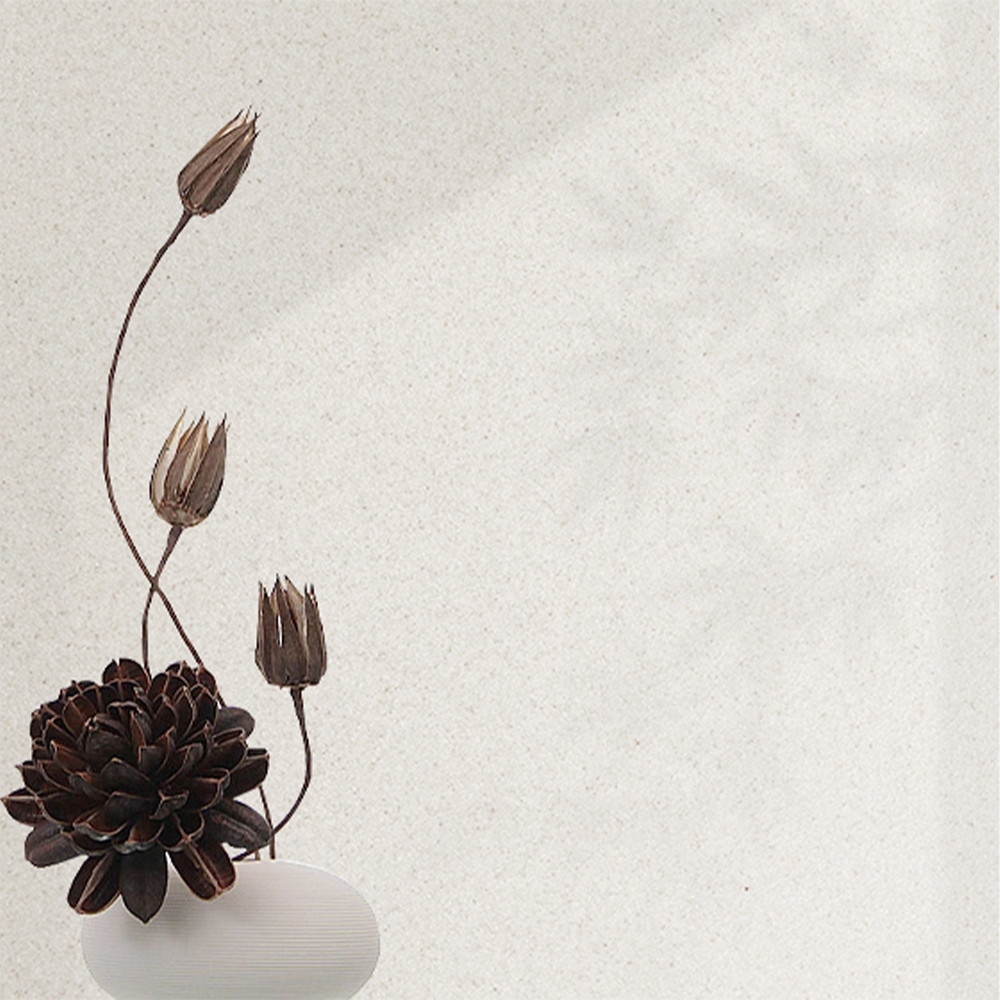In the world of creative expression and industrial design, texture plays a pivotal role in transforming ordinary surfaces into visually striking, tactile experiences. Among the tools that empower artists, DIY enthusiasts, and professionals alike, Apex Createx Texture stands out as a versatile, high-performance solution. Whether you’re revamping furniture, designing a statement wall, or adding depth to art projects, mastering this texture medium can elevate your work from basic to breathtaking. This guide explores the ins and outs of Apex Createx Texture, from its core properties to advanced application techniques, ensuring you achieve consistent, professional results every time.
#Understanding Apex Createx Texture: What Sets It Apart?

Apex Createx Texture is a water-based, acrylic-based texture medium engineered for flexibility, adhesion, and durability. Unlike traditional texture paints or pastes, it balances workability with long-term resilience, making it suitable for both indoor and outdoor use on surfaces like wood, metal, drywall, canvas, and even plastic. Its unique formulation allows for a spectrum of texture effects—from smooth, subtle gradients to bold, three-dimensional reliefs—without cracking or peeling over time. What truly distinguishes it is its compatibility with various application tools and its ability to hold intricate details, making it a favorite among those seeking precision and creativity in one product.
#Preparing for Success: The Foundation of Great Texture
Before diving into application, proper preparation is non-negotiable. Even the highest-quality texture medium will fail if applied to an unprepared surface. Start by ensuring the substrate is clean: remove dust, grease, or old paint with a mild detergent and water, then let it dry completely. For porous surfaces like drywall or wood, apply a primer to enhance adhesion—opt for a water-based primer to maintain compatibility with Apex Createx Texture.
Next, gather your tools. The right equipment depends on your desired texture:
- Spatulas/putty knives: Ideal for厚涂 (thick applications) and creating sharp, angular textures.
- Paint rollers: Use a textured roller cover for uniform, subtle patterns across large areas.
- Spray guns: Perfect for thin, even coats or blending textures over expansive surfaces.
- Texture tools: Sponges, rags, or specialty texture brushes can add organic patterns like stippling or marbling.
Finally, prepare the texture itself. Always stir the medium thoroughly before use—settling is common, and uneven consistency leads to patchy results. If a thinner texture is needed, dilute with small amounts of water, testing the flow on a scrap surface until you reach the desired viscosity. Avoid over-diluting, as this can weaken adhesion and reduce texture definition.
#Core Application Techniques: From Subtle to Striking
Apex Createx Texture’s versatility shines in its application methods. Master these core techniques to unlock endless creative possibilities:
##1. Thin Coat Application for Smooth, Uniform Texture
For a细腻 (细腻) finish—think a soft, sandpaper-like texture on walls or furniture—opt for thin coats. Load a foam roller or spray gun with the mixed texture and apply in overlapping, even strokes. Work in small sections (3–4 feet at a time) to avoid drying lines. Allow the first coat to dry for 2–4 hours (depending on humidity) before applying a second if needed. This method is ideal for surfaces where texture should complement, not overpower, the design.
##2. Thick Coat Application for Bold, 3D Effects
When aiming for dramatic, sculptural texture—such as abstract art or accent walls—厚涂 (thick application) is key. Use a spatula to apply the texture in generous, sculptural swaths. Experiment with angles: a flat spatula creates smooth peaks, while a notched trowel can add ridged patterns. For dynamic depth, layer textures while the first coat is still tacky—drag a comb through wet texture for linear grooves, or press a sponge into the surface to create indentations.
##3. Tool-Driven Texture Design
Specialty tools open up a world of patterns. Try stippling with a sponge: dip a natural sea sponge into the texture and dab lightly onto the surface for a porous, stone-like effect. For organic swirls, wrap a rag around a roller and roll gently, letting the fabric’s folds create irregular patterns. Remember, practice on scrap material first—consistency in pressure and speed is key to uniform results.
#Color Mixing and Customization: Making It Your Own
Apex Createx Texture is available in a range of base colors, but customization is where creativity truly takes flight. Start with the basics: mix primary colors (red, blue, yellow) to create secondary hues, adding small amounts of pigment at a time to avoid over-saturating. For metallic or iridescent effects, stir in mica powders or metallic additives—these catch light beautifully in textured surfaces.
Always test your custom color on a sample substrate before applying to your project. Texture can alter how color appears: thick applications may look darker due to shadowing, while thin coats appear lighter. Note that colors may dry slightly differently than they look wet, so allow test swatches to dry fully before finalizing your mix.
#Drying and Curing: Ensuring Long-Lasting Results
Patience is critical during the drying and curing phase. Apex Createx Texture typically dries to the touch in 2–4 hours, but full curing takes 24–48 hours (or longer in high humidity). Avoid touching or disturbing the surface during this time, as impressions will set permanently. For outdoor projects, wait at least 72 hours before exposing to rain or extreme temperatures.
Once cured, protect your work with a topcoat. For indoor surfaces, a water-based polyurethane or clear acrylic sealer adds durability and sheen. Outdoor projects benefit from a UV-resistant sealer to prevent fading. Apply the sealer with a foam brush or spray gun, following the same even-stroke technique as the texture itself.
#Troubleshooting Common Issues
Even pros encounter hiccups—here’s how to fix them:
- Bubbles: Caused by over-stirring or applying too thickly. Pop bubbles with a pin while wet, then smooth the surface with a spatula.
- Uneven Texture: Often due to inconsistent tool pressure. Practice on scrap material to refine your technique, and work in small, manageable sections.
- Cracking: Occurs when the texture dries too quickly (high heat/drafts) or is applied too thickly. Keep the workspace at 60–75°F and apply thinner coats if cracking occurs.
#Real-World Applications: From DIY to Professional
Apex Createx Texture’s adaptability makes it a staple in diverse projects:
- Furniture Makeovers: Transform outdated dressers or tables with a textured finish—pair with bold paint colors for a modern, industrial look.
- Accent Walls: Add depth to living rooms or bedrooms with a combination of thin and thick textures, using neutral tones for subtlety or vibrant hues for drama.
- Artistic Creations: Mixed-media artists can layer texture under paint or resin for sculptural canvas art, while muralists use spray techniques to blend textures seamlessly.
- Industrial Use: In commercial settings, Apex Createx Texture is used on retail displays, restaurant walls, or signage to create tactile, memorable environments.
#Final Thoughts: Practice, Experiment, and Perfect
Mastering Apex Createx Texture is a journey of experimentation. Start with small projects—a picture frame, a small wall section—to build confidence, then tackle larger undertakings. Take notes on what works: which tools create your favorite textures, how colors behave on different surfaces, and how humidity affects drying times. With time, you’ll develop an intuitive feel for the medium, turning ordinary surfaces into extraordinary works of art.
Whether you’re a DIY enthusiast or a seasoned professional, Apex Createx Texture empowers you to push creative boundaries. Embrace the process, learn from mistakes, and let your texture tell a story—one stroke, one layer, one project at a time.



